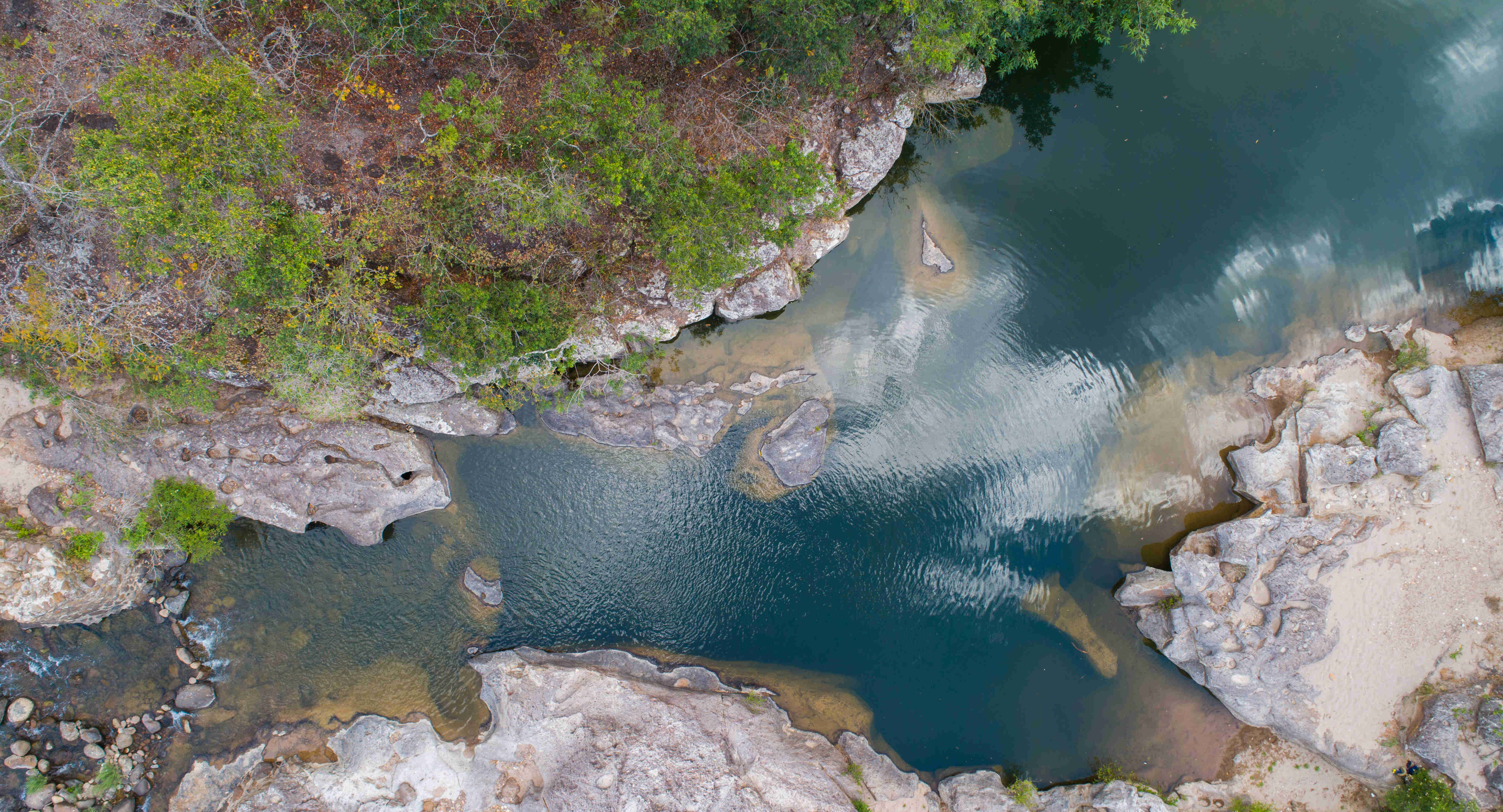
Environmental Justice Stopped by the Pandemic
Latin American environmental defenders denounce how while the pandemic locked up a large part of the population, extractive megaprojects continued their path, taking advantage of how difficult it is to protect territories from virtuality. The lawyers Ximena Ramos, in Mexico, and Liliana Ávila, in Colombia, narrate the impact that confinement has had on the administration of justice in the region.













Comentar